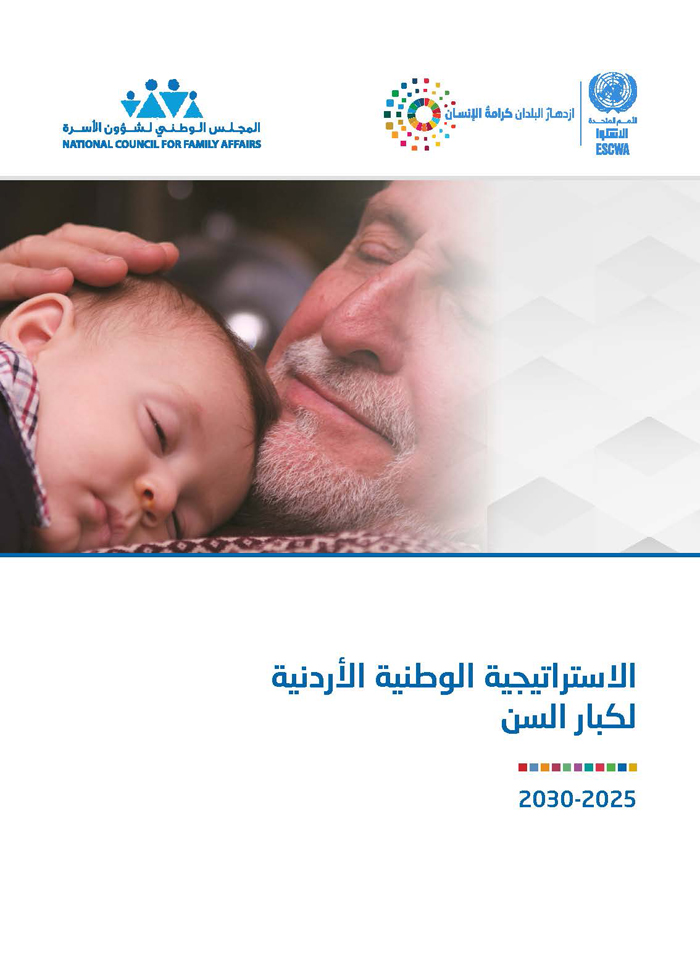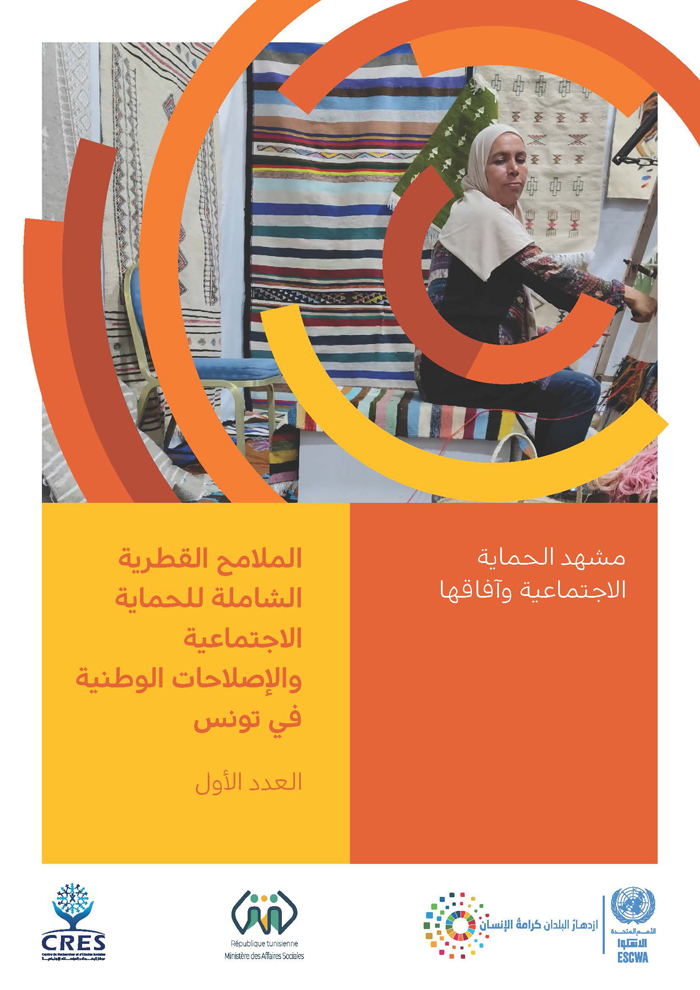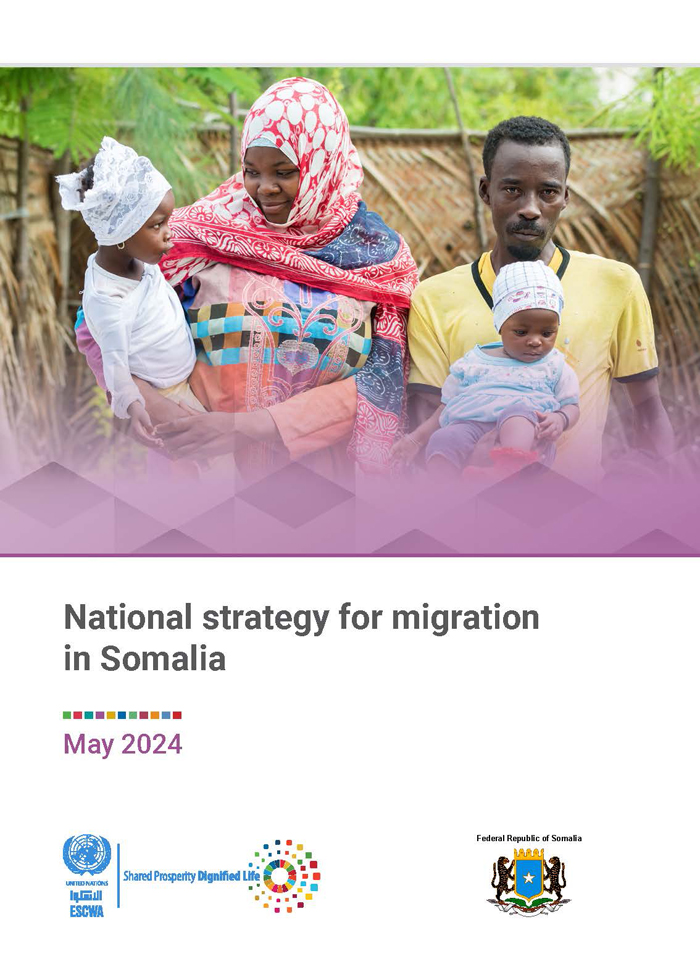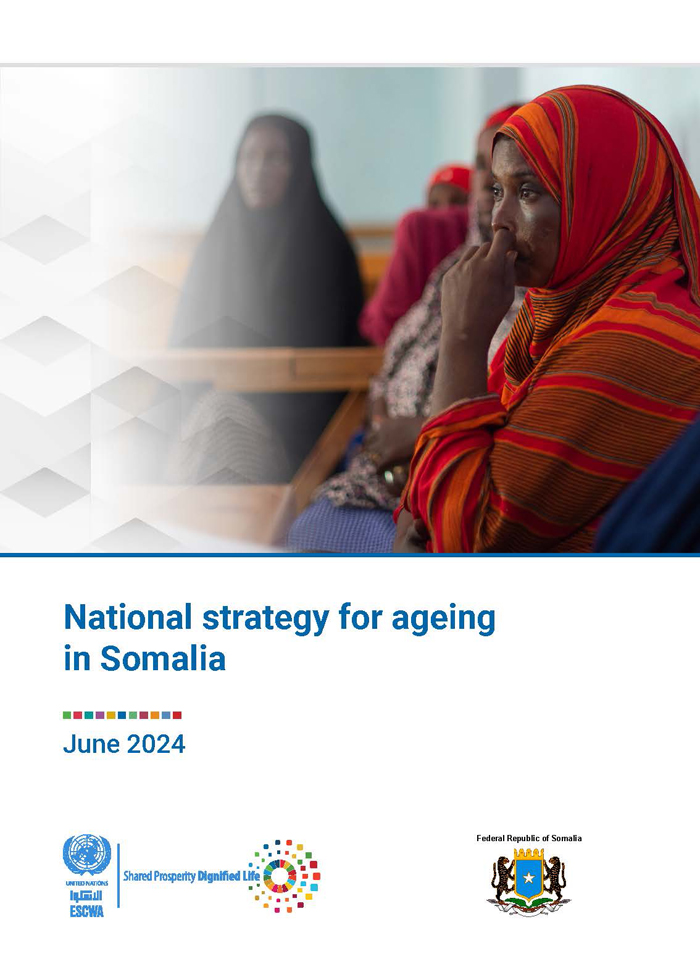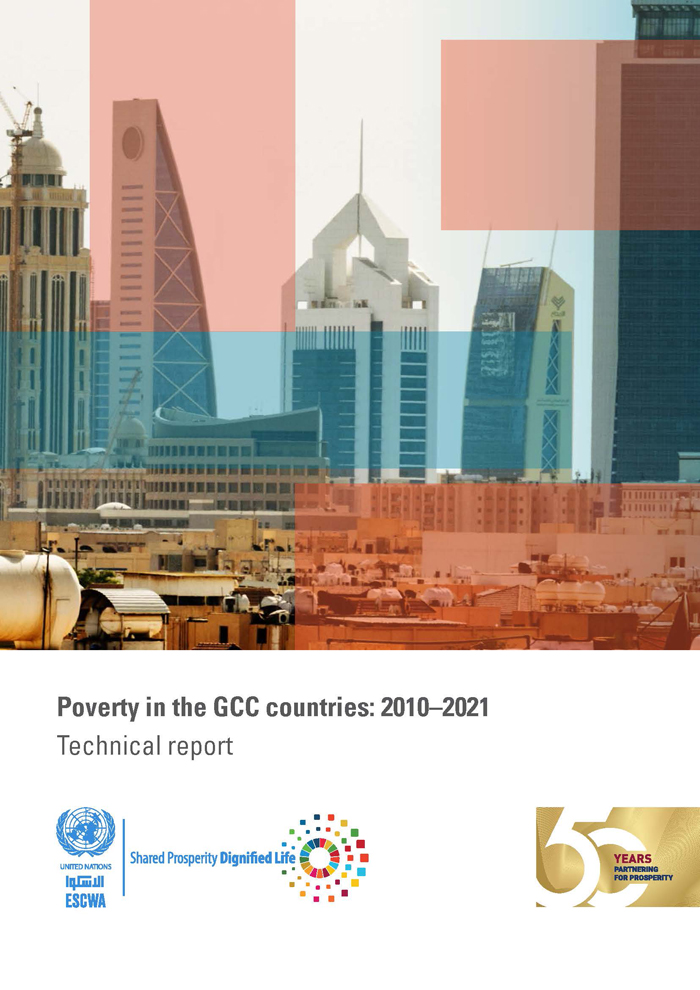
ESCWA Publication: E/ESCWA/CL2.GPID/2023/TP.6
Country: Kingdom of Bahrain, State of Kuwait, Sultanate of Oman, State of Qatar, Kingdom of Saudi Arabia, United Arab Emirates
Publication Type: Reports & studies
Cluster: Gender Justice, Population and Inclusive Development
Focus Area: Inclusive development, Macroeconomics, Natural resource sustainability, Population dynamics & migration, Statistics
Initiatives: Economic Statistics and National Accounts, Financial & macroeconomic statistics for National accounts
SDGs: Goal 1: No Poverty, Goal 8: Decent Work and Economic Growth, Goal 11: Sustainable Cities and Communities, Goal 12: Responsible Production and Consumption
Keywords: Poverty, Gulf states, Economic development, Population, Economic conditions, Social conditions, Household expenditures, Government policy, Social security
Poverty in the GCC countries: 2010–2021
May 2023
The long record of prosperity in Gulf Cooperation Council (GCC) countries suggests that income poverty rates are low and falling, and hence little effort has gone into investigating the prevalence and depth of poverty. National statistical offices have not proposed poverty lines for capturing poverty according to national definitions. This technical report applies the newly formulated ESCWA poverty lines and estimated growth passthrough rates to derive GCC expenditure poverty thresholds and poverty rates during 2010–2021. It finds that 3.3 million GCC nationals were living in poverty in 2021. The poverty rates for GCC countries range between 0.4 per cent (Qatar) to 13.6 per cent (Saudi Arabia) of the countries’ nationals. Oman and Saudi Arabia have the highest poverty rates for nationals, with 10.1 and 13.6 per cent, respectively. Bahrain ranks third with a poverty rate of 7.5 per cent. One in every seven nationals in Saudi Arabia, one in ten nationals in Oman and one in thirteen nationals in Bahrain are living in poverty. In Kuwait, the United Arab Emirates and Qatar, the poverty rates are below 2 per cent.
Poverty in the GCC countries has declined since 2010 – except in Bahrain and Kuwait – and 528,000 GCC citizens have been lifted from poverty. In Saudi Arabia alone, poverty fell from 18.2 per cent in 2010 to 13.6 per cent in 2021, lifting 483,000 Saudi nationals from poverty. To further reduce poverty in the GCC region, fiscal reforms are needed to diversify the revenue base, improve the targeting of social protection transfer schemes, and reform land allocation and public procurement policies. Investing in citizens’ skills should also be a long-term priority. These reforms will allow a broader share of the population to benefit from socioeconomic gains and opportunities.
Related content
Inclusive development
, Macroeconomics
, Natural resource sustainability
, Population dynamics & migration
, Statistics
,
The long record of prosperity in Gulf Cooperation Council (GCC) countries suggests that income poverty rates are low and falling, and hence little effort has gone into investigating the prevalence and depth of poverty. National statistical offices have not proposed poverty lines for capturing poverty according to national definitions. This technical report applies the newly formulated ESCWA poverty lines and estimated growth passthrough rates to derive GCC expenditure poverty thresholds and poverty rates during 2010–2021. It finds that 3.3 million GCC nationals were living in poverty in 2021. The poverty rates for GCC countries range between 0.4 per cent (Qatar) to 13.6 per cent (Saudi Arabia) of the countries’ nationals. Oman and Saudi Arabia have the highest poverty rates for nationals, with 10.1 and 13.6 per cent, respectively. Bahrain ranks third with a poverty rate of 7.5 per cent. One in every seven nationals in Saudi Arabia, one in ten nationals in Oman and one in thirteen nationals in Bahrain are living in poverty. In Kuwait, the United Arab Emirates and Qatar, the poverty rates are below 2 per cent.
Poverty in the GCC countries has declined since 2010 – except in Bahrain and Kuwait – and 528,000 GCC citizens have been lifted from poverty. In Saudi Arabia alone, poverty fell from 18.2 per cent in 2010 to 13.6 per cent in 2021, lifting 483,000 Saudi nationals from poverty. To further reduce poverty in the GCC region, fiscal reforms are needed to diversify the revenue base, improve the targeting of social protection transfer schemes, and reform land allocation and public procurement policies. Investing in citizens’ skills should also be a long-term priority. These reforms will allow a broader share of the population to benefit from socioeconomic gains and opportunities.
